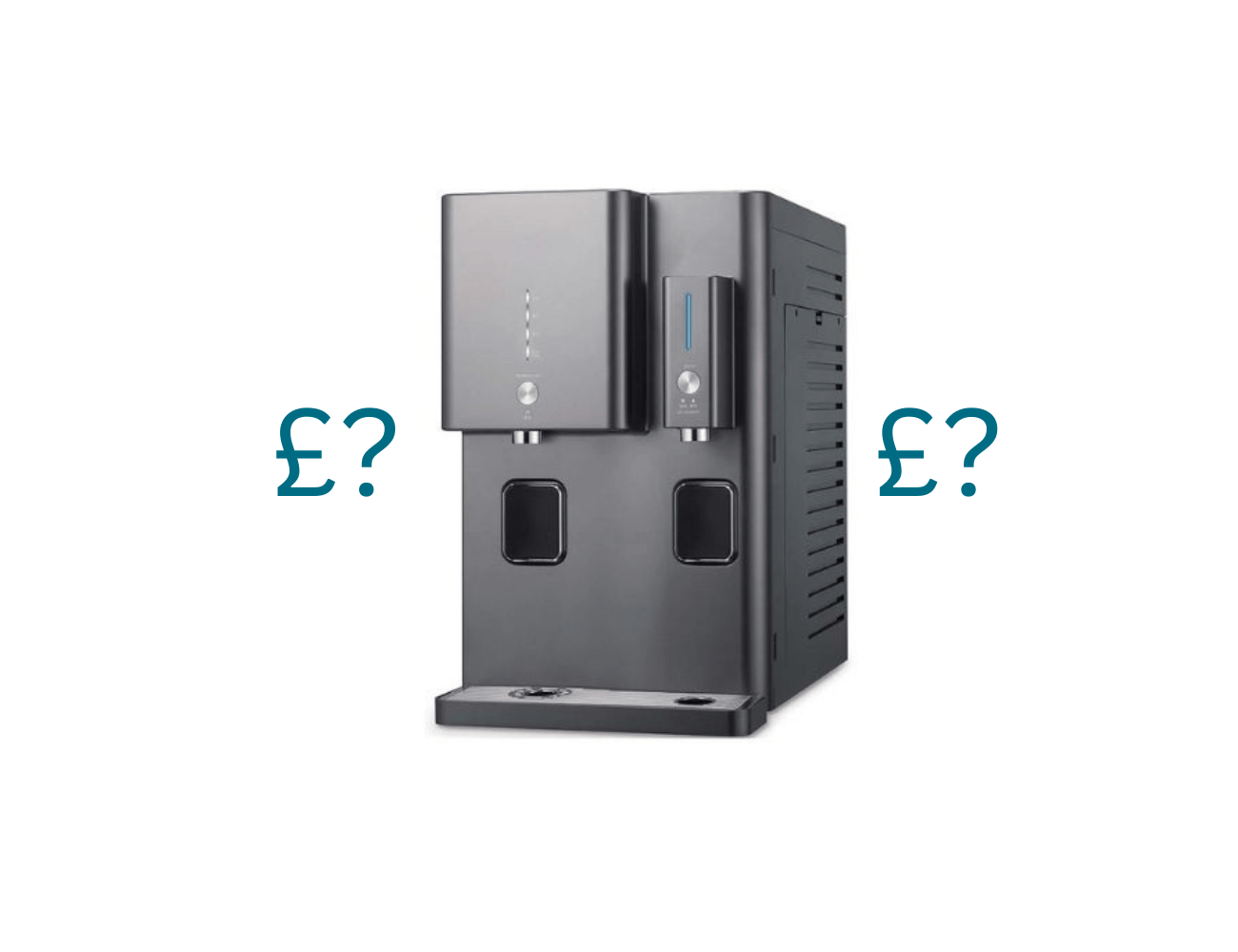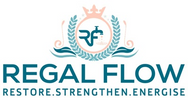
How Much Does It Cost to Run a Water Dispenser?
Ever feel like your kettle is plotting against your electricity bill? A water dispenser costs just £5–£12 per month to run—far less than constant kettle boiling! Plus, it’s cheaper than bottled water. Stick around for a cost comparison: countertop water dispensers vs. bottled water and tips to slash your energy costs!
Understanding Electricity Costs: Power Consumption
Wattage and Kilowatt-Hours (kWh)
Every electrical appliance consumes energy, measured in kilowatt-hours (kWh). The more power it draws and the longer it runs, the higher your bill. Most water dispensers use between 0.5–1.2 kWh per day, depending on whether they provide hot, cold, or both. The difference? A hot and cold dispenser works like a kettle and a fridge combined, while a cold-only dispenser is more like a mini fridge.
Reading the Energy Label: Understanding the Numbers
Ever glanced at an energy label and felt like you were decoding an ancient script? Don't worry—it's simple. Look for wattage (W) on the label. This tells you how much power the dispenser uses per hour. To work out the daily usage:
- Find the wattage.
- Multiply by hours of use per day.
- Convert watts to kWh (divide by 1,000).
- Multiply by your electricity rate (e.g., £0.30 per kWh).
A 500W dispenser running for 2 hours daily would use 1 kWh per day, costing 30p per day.
Typical Wattage of Different Dispensers
- Cold-only dispensers: 50–100W
- Hot & cold dispensers: 500–800W
- High-powered models: 1,000W+
Looking for a no-fuss water solution? Discover our Countertop Dispensers — zero plumbing required
Calculating Your Electricity Costs
Estimating Daily and Monthly Usage
Want to estimate your monthly running costs? Use this quick formula:
(Dispenser Wattage ÷ 1,000) × Hours Used Per Day × Cost Per kWh = Daily Cost
Multiply by 30 days to get a monthly estimate.
Real-World Examples and Costs
- Cold-only dispenser (0.5 kWh/day) → £4.50 per month
- Hot & cold dispenser (1.2 kWh/day) → £10 per month
- Kettle (2.5 kWh/day) → £22.50 per month
If you’re constantly boiling the kettle, a hot water dispenser could save you serious cash.
Comparing Power Usage by Dispenser Type
Hot and Cold Water Dispensers
Heating/Cooling Elements and Their Costs
These dispensers have heating coils for boiling water and compressors for chilling it. The hot function uses the most power, especially if it's always kept warm.
Standby Power Consumption
Some dispensers have standby modes that reduce power when not in use. Energy-efficient models can cut standby consumption by up to 50%, keeping costs low.
Cold-Only Dispensers
Refrigeration System Costs
These function like mini fridges, using a small compressor. 0.3–0.6 kWh per day is standard, costing around £3–£5 per month.
Energy Efficiency Considerations
Newer models use better insulation and energy-saving compressors, reducing running costs. Look for Energy Star-rated units.
Non-Electric Filtered Water Dispensers
Cost Advantages of Passive Systems
If you’re only after filtered water, a manual gravity-fed dispenser costs nothing to run—just the occasional filter change.
Other Ongoing Costs to Consider
Filter Replacement Expenses
Costs and Frequency of Replacements
Most dispensers need new filters every 3–6 months, costing between £10–£30 per filter.
Practical Maintenance and Filter Tips
- Clean filters regularly to extend their lifespan.
- Opt for multi-stage filters for better water quality.
Maintenance and Repairs
Common Issues and Associated Costs
- Leaking taps: £10–£50 fix
- Broken heating elements: £30–£100 repair
- Compressor failure: £50–£150 replacement
Preventive Maintenance Advice
- Descale hot water tanks to prevent limescale buildup.
- Wipe dispensers weekly to prevent bacteria growth.
Water Usage Costs
Comparing Bottled Refills to Tap Water
- Bottled refills: £1–£2 per litre
- Tap water: Less than £0.01 per litre
Reducing Water Costs and Waste
- Use tap-fed dispensers instead of bottled refills.
- Turn off heating when not needed to save energy.
Practical Tips for Minimising Running Costs
Selecting Energy-Efficient Dispensers
Importance of Energy Star Ratings
Energy Star models use up to 30% less power than standard dispensers.
Maintenance for Optimal Efficiency
- Keep vents clear for better cooling.
- Clean heating elements regularly to prevent build-up.
Reducing Electricity and Water Consumption
Strategic Use and Placement
- Keep dispensers away from direct sunlight—it reduces cooling efficiency.
- Turn off the hot water function overnight to save power.
Final Thoughts: Is a Water Dispenser Worth It?
A water dispenser costs just £5–£12 per month, making it a cost-effective alternative to constant kettle boiling or bottled water. By choosing an energy-efficient model, maintaining filters, and using standby modes, you can cut costs even further. So, if you're tired of waiting for the kettle or spending a fortune on bottled water, a water dispenser might be your next smart investment.
🤔 Unsure which product is right for your home? Speak with our friendly support team — real advice, no pressure.
More Countertop Water Dispenser info we think you'll love
Which is cheaper to run kettle or water dispenser?
Is it cheaper to buy water bottles or water dispenser?
Countertop Water Dispensers vs. Bottled Water
The most cost-efficient way to buy water?
How can I reduce my water bills?
Is it worth it to buy bottled water?
Do water dispensers use a lot of electricity?


Leave a comment